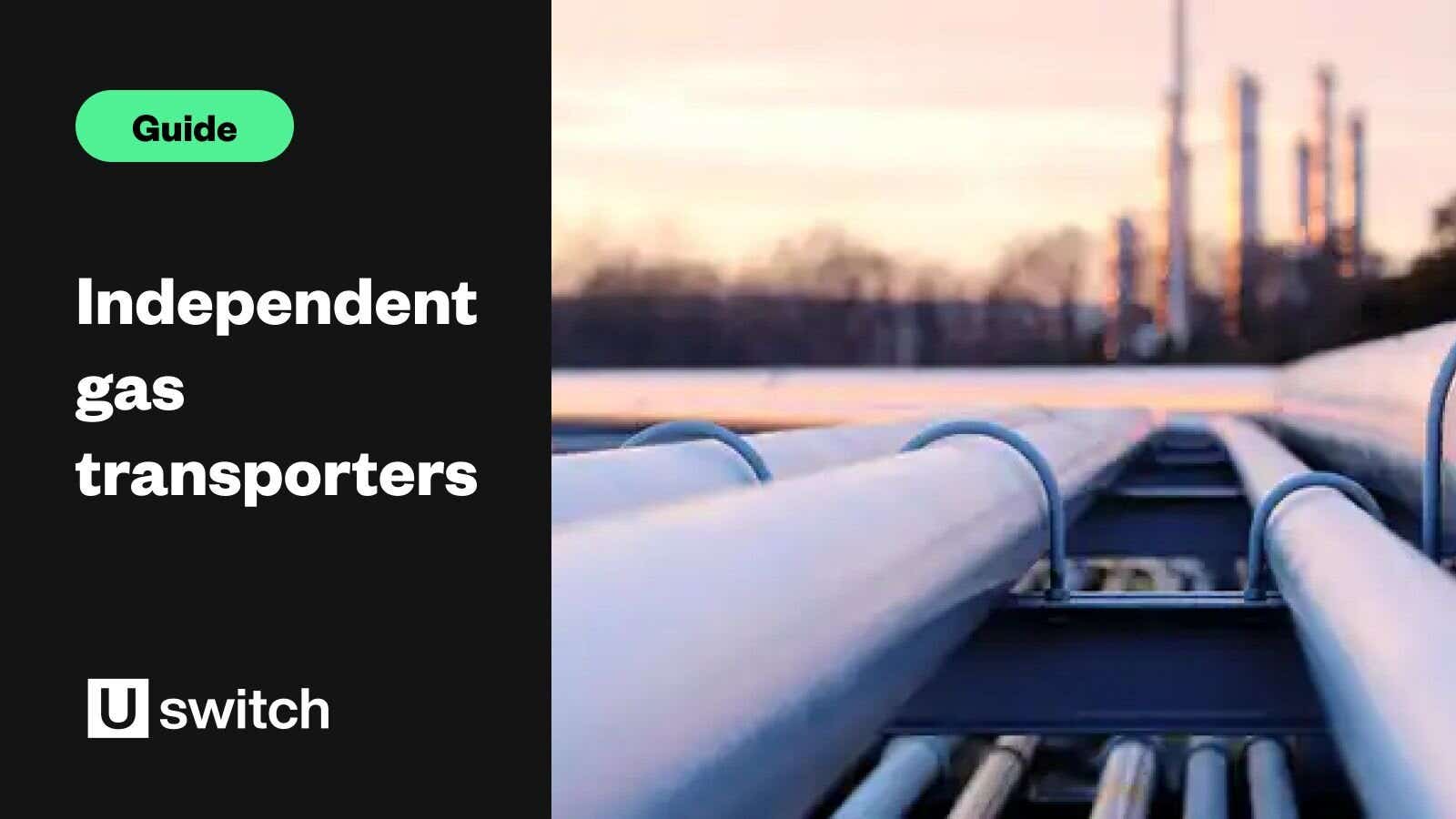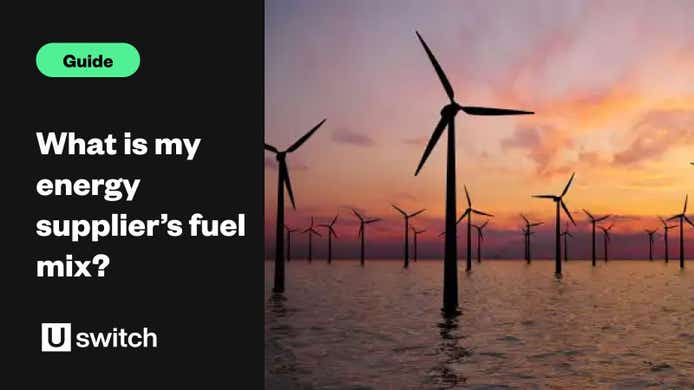What are IGTs?
Have you ever thought about how gas is transported around the country? To get gas delivered straight into most homes in Great Britain requires an incredible network of pipes criss-crossing beneath our feet.
Pipelines around Great Britain supply gas to millions of homes, and the majority of these pipes used to be owned and operated solely by the National Grid.
Over time, though, most of these pipes were sold to private companies, and eventually new companies were allowed to enter the market to provide new pipes. That's where independent gas transporter networks come in.
What does it mean to have IGT gas?
The quality of gas supplies over an IGT network is no different from normal gas — it just means that the owner of the gas network is one of the companies that came into the market when it was opened to competition. You should therefore experience no difference having your gas be transported by an independent gas transporter.
How can I tell if I'm with an IGT?
If you're want to know if you're on an IGT network or not, you can refer to your gas meter number. If it begins with the number 74, 75, 76 or 77, you're on an IGT network.
The letters "IGT" may also appear on your bill if your gas is supplied by an independent gas transporter. You can often find your gas meter number, also referred to as your MPRN or meter point reference number, on your energy bill. The number will usually be between six and ten digits long.
Sometimes your MPRN number is also called your M number, but don't despair if you can't find it. If in doubt just call the Meter Number Helpline on 0870 608 1524, and they should be able to point you in the right direction. (Please note that calls cost 7p per minute plus your phone company's access charge.)
Are there particular IGT charges?
Like other gas networks, IGTs don't charge you directly — they charge the people who use their networks (the energy suppliers) that you then buy your gas from. Since 2004, IGTs have been regulated, which means they can't charge any more than the local network they are connected to. It should therefore be no more expensive for your supplier to use an IGT network than a non-IGT network — and that means it shouldn't cost you any more either.
Switching with an IGT tariff
There is no additional charge or issue to consider when switching energy tariffs with an IGT.
Switching energy is easy and painless; all you need is five minutes and, preferably, a recent energy bill. The easiest way to switch is with your usage details from a recent energy bill. Entering your consumption in kWh, either for a month, quarter or year, will allow us to translate how much this usage would cost you on a different tariff or with a different supplier, giving you the most accurate quote possible.
Don't worry if you can't find your usage information though, we can still give you an accurate quote using spending figures. Alternatively, if you don't have an energy bill to hand, we can also estimate your usage by asking you a few simple questions.
Once you've entered your details, we'll show you all the suppliers and plans available in your area and how much switching to them could save you. We will also, where possible, show you some customer reviews of the suppliers so you can judge them on something other than price alone.
Once you've chosen a plan or supplier suitable for you, it's simply a question of entering your details, including your payment details if you want to set up Direct Debit payments.
Then you can leave it to us. We send all your details through to your new supplier who process your switch request and contact your old supplier. The only other thing you need to do is submit a final meter reading to your old supplier to ensure your final bill is as accurate as possible.
That's it. The switch process typically takes anywhere between four and six weeks and then you should be on your way to cheaper and better value energy.
Need more information?
There are currently 15 independent gas transporters in the UK. They are:
GTC Pipelines
Independent Pipelines Limited
Indigo Pipelines Limited
ES Pipelines Limited
Last Mile Gas Limited
Energy Assets Pipelines Limited
Fulcrum Pipelines Limited
Mua Gas Limited
Leep Gas Networks Limited
Harlaxton Gas Networks
Quadrant Pipelines Limited
ESP Connections Limited
ESP Networks Limited
ESP Pipelines Limited
Squire Energy Limited.
The energy regulator Ofgem regulates all IGTs, and the Association of Independent Gas Transporters, or AIGT, is the official trade body.




